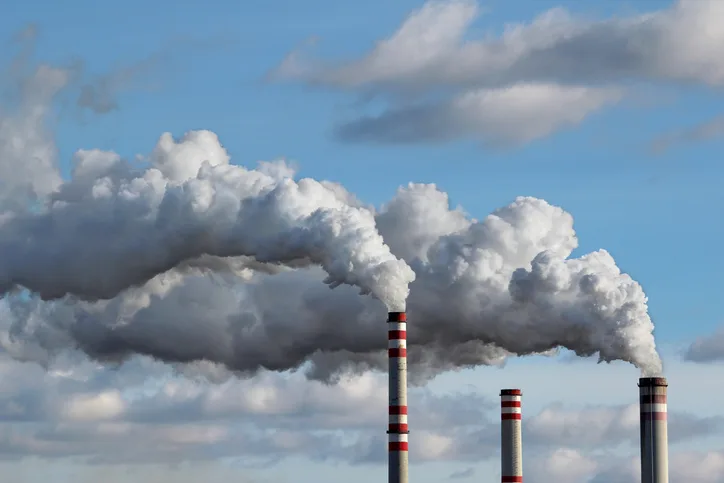
Existing power plants will blow past 1.5 degree climate limit, scientists warn
We are well on the path to blow past the 1.5°C climate limit
According to a new international study, there are enough fossil fuel power stations now to drive us well beyond the 1.5°C limit to global warming detailed in the Paris Agreement.
Already, the greenhouse gas emissions released into the atmosphere by the burning of fossil fuels over the past 150+ years has resulted in a 1°C rise in global temperatures, compared to before the start of the Industrial Revolution. This warming, and the added energy in our climate system that it represents, has been gradually loading the dice for our weather events, skewing heat waves, droughts, storms and flooding towards the extreme, and it has already caused noticeable sea level rise.
Adding another half a degree of warming to the world, now projected to happen in less than 11 years, will load the dice even further, causing even more extreme weather events and sea level rise.
The scientists involved with this new study, published in the journal Nature, say that future emissions that will be released from existing power plants, vehicles and infrastructure that burn fossil fuels, for the rest of their operational lifetimes, will put another 658 gigatons of carbon dioxide into the atmosphere. Add proposed plants and infrastructure projects to this and that amount jumps to 846 gigatons of carbon dioxide.
For a world somewhat optimistic about meeting the ambitious goal of the Paris Agreement this is very bad news, given that we would need to keep emissions capped at a maximum of 580 gigatons of carbon dioxide to succeed.
"Our results show that there's basically no room for new CO2-emitting infrastructure under the international climate goals," Steven Davis, one of the lead researchers in this study from University of California Irvine, told Carnegie Science News. "And if the world is to achieve the 1.5-degree Celsius goal, existing fossil-fuel-burning power plants and industrial equipment will need to be retired early unless they can be feasibly retrofitted with carbon capture and storage technologies or their emissions offset by negative emissions."
"Without such radical changes, we fear the aspirations of the Paris Agreement are already at risk," Davis added.
Carbon capture and storage technologies are meant to directly remove excess carbon dioxide from the atmosphere, either at the smokestack (thus preventing the CO2 from being released) or from the environment after it has been released. The carbon dioxide is then stored or converted into a permanent form (such as converting it into mineral form, like calcium carbonate). Technologies are being developed for this purpose, but there are drawbacks and the processes tend to be expensive.
Early retirement of power plants will also be very expensive for the energy sector.
"The industry has trillions of dollars of assets that will not go easy into that good night, as it were, so we're going to have to figure out a way to hasten that," Davis told the MIT Technology Review.
There is, perhaps, one light at the end of the tunnel, though.
"The good news is that society still has the ability to avoid 2 degrees Celsius of warming without having to retire power plants early," says study co-author Ken Caldeira, from the Carnegie Institution for Science. "But we would have to stop building things with smokestacks and tailpipes that dump CO2 pollution into the sky. If the Earth warms beyond 2 degrees Celsius, it will be the result of emissions from infrastructure we have not yet built."
Sources: MIT Technology Review | Carnegie Science | Inside Climate News












